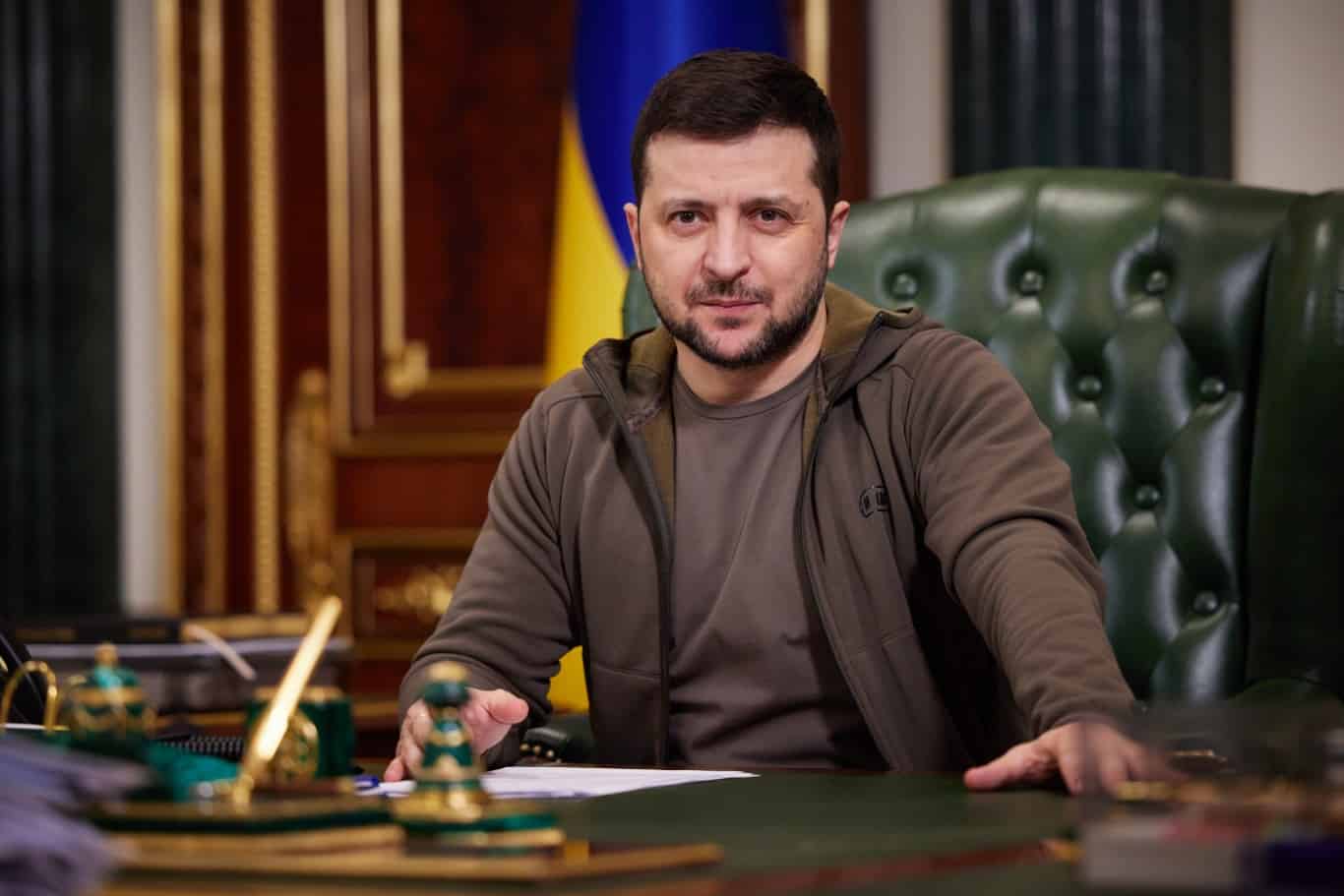
The United States moved quickly to aid Ukraine after the Russian invasion began in February 2022. Since the conflict’s outbreak, Congress has passed five spending bills that include support for Ukraine. The United States remains the largest donor but the gap is closing. This article will examine how much the US has donated to Ukraine and what support can be expected in the future.
Why This Matters

Ukraine defied expectations of a swift Russian victory but its limited industrial capacity, outdated military hardware, and smaller population means it cannot continue the struggle without foreign aid. The war’s outcome may well depend on how much aid the United States provides in the next 12-18 months.
March 2022 – $ 13.6 billion

The first aid package to Ukraine was part of a larger $1.5 trillion spending bill passed in March 2022. $13.6 billion of emergency funds were allocated to support Ukraine. $6.5 billion was in direct military assistance. Around $4 billion was earmarked for humanitarian aid for the millions of refugees displaced by the war. The rest was for economic aid and assistance to other allies supporting Ukraine.
May 2022 – $40.9 billion

A much larger $40.9 billion Ukraine aid package passed in May 2022 with strong bipartisan support in the House (368-57) and Senate (86-11). This was more than the Biden administration asked for ($30 billion) the previous month. Half of the amount went to military assistance though it should be noted that $9 billion was earmarked to replenish US stockpiles. The rest went toward humanitarian aid, general economic assistance, and further support for refugees.
September 2022 – $12.3 billion

The third round of funding for Ukraine was part of a last-minute spending bill to avert a government shutdown in September 2022. Like the previous larger aid package, a portion ($1.5 billion) went to replenishing American stockpiles of weapons and equipment. Just over half went towards new equipment and general support for the Ukrainian government.
December 2022 – $47.4 billion

The last round of funding for Ukraine in 2022 was also the largest. A $1.7 trillion spending bill passed that included over $47 billion in assistance to Ukraine. It was the last major bill passed by the outgoing Democratic majority in December 2022. $20 billion went to providing weapons and equipment and replenishing stocks of weapons already sent. Around $6 billion went towards allies in Eastern Europe.
April 2024 – $61.3 billion

The 118th Congress is one of the least productive in modern American history. Congress passed just 27 bills in 2023, the lowest total since 1931. No aid whatsoever went to Ukraine for the entirety of 2023. That finally changed in April 2024 with the largest aid package to date.
As the conflict dragged into its third year, Ukraine passed a mobilization law in April 2024 to boost troop numbers. However, a major problem with the measure was that Ukraine simply did not have enough equipment to arm a new wave of troops properly. The latest American aid package could scarcely have come at a better time. Ukraine is desperately short of artillery shells.
On April 24, 2024, the Biden Administration signed a $95 billion military aid package for Ukraine, Israel, and Taiwan. The lion’s share went to Ukraine, Israel got $26 billion, and Taiwan received $8 billion to bolster its defenses against China. Of the $61 billion assigned to Ukraine, the largest portion ($25.7 billion) went to supplying and replacing weapons sent to Ukraine. Part of those funds will bolster US production of artillery shells to 100,000 per month by 2025. Ukraine will need further support from European allies if it wishes to go back on the offensive.
$17 billion of the total is intended for training, purchases of foreign-made munitions, and from American manufacturers. Ukraine’s military is more used to older Soviet-era weapons and requires substantial training to be operationally effective with modern weapons. The rest of the funds will go to economic, humanitarian, and general aid for Kyiv.
Public Opinion

American public support is still generally behind Ukraine. There is also bipartisan support among senior American politicians. However, there is an increasingly partisan view of the conflict emerging. Republican voters are more skeptical of continuing to provide aid to Ukraine, while a strong majority of Democrats are more supportive. 55% of Americans polled back Ukraine’s effort to regain lost territory, down from 66% in August 2022.
The US Presidential Election in November will have a huge bearing on what, if any, support the United States will provide Ukraine in the future.
Conclusion

As of June 2024, the total aid sent to Ukraine is $175 billion across five bills. Not all of that has gone directly to Kyiv, a significant portion has gone to replenishing American weapon stockpiles. After two years of grinding conflict, Ukraine’s continued resistance to the Russian onslaught rests on foreign aid. The United States is by far the largest individual supporter of Ukraine but Washington’s continued backing faces an uncertain future.
Are You Ahead, or Behind on Retirement? (sponsor)
If you’re one of the over 4 Million Americans set to retire this year, you may want to pay attention.
Finding a financial advisor who puts your interest first can be the difference between a rich retirement and barely getting by, and today it’s easier than ever. SmartAsset’s free tool matches you with up to three fiduciary financial advisors that serve your area in minutes. Each advisor has been carefully vetted, and must act in your best interests. Start your search now.
Don’t waste another minute; get started right here and help your retirement dreams become a retirement reality.
Thank you for reading! Have some feedback for us?
Contact the 24/7 Wall St. editorial team.



